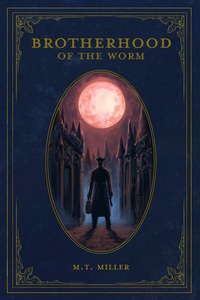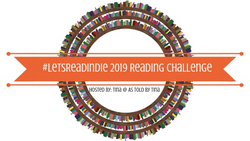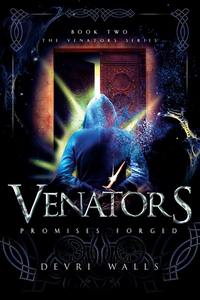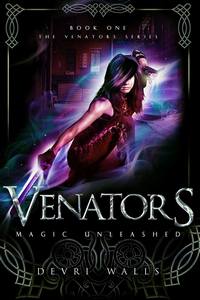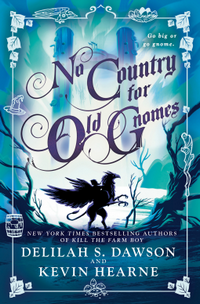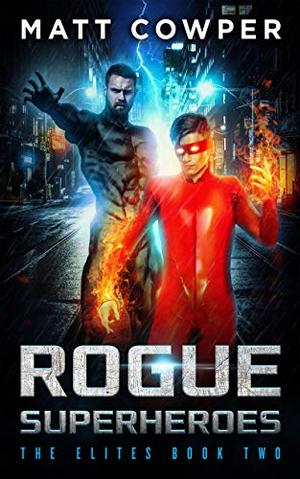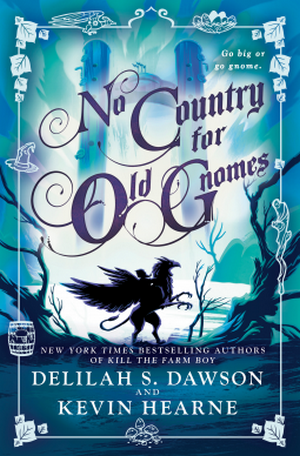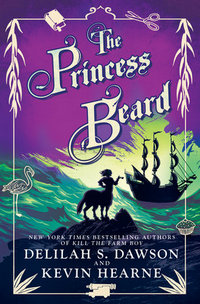 |
The Princess Beardby Delilah S. Dawson and Kevin Hearne eARC, 384 pg. Read: September 16-21, 2019 |
Readers of Kill the Farm Boy (the first installment in the Tales of Pell trilogy) may have been wondering about what happened to Princess Aurora/Snow White-esque figure, Princess Harkovitra*. Well, she wakes up, and finds herself in the position she’s always wanted—a chance to start over. She leaves her name and home behind, hitching a ride with our old acquaintance Morvin on his way to start a new life himself.
*Then again, maybe you’re like me, and figured she was like Worstely and that her only purpose was to kick-start the novel and hadn’t thought of her since.
They’re not the only ones looking for a new start. We also meet a swole centaur prone to over-compensation, seeks to reach a mystic temple that will heal him of (what he considers) his emasculating magical abilities. A pariah elf is looking for the opportunity to do something more meaningful than swindle tourists. And we also pick up with one of the newly liberated dryads from No Country for Old Gnomes, who needs a way to get to her chosen law school, Bogtorts.
All of these new starts require the characters to travel somewhere inaccessible to foot/horse/carriage traffic. Enter the Clean Pirate Luc (a.k.a. Filthy Lucre), who happens to be a one-eyed talking parrot. He needs new crew members and is willing to let these travel to their intended destinations in exchange for labor. Even if the result is something incongruous, like a centaur swabbing the decks (thankfully, that’s a funny image—a great thing for a comedic fantasy). Except for Morvin, who has other plans that involve less of the high seas.
The pirate ship ends up being just the thing to take our characters from quick adventure to quick adventure, creating opportunities for bonding and character growth. It’s different enough from the land-based pilgrimages of the past two novels to keep things feeling fresh, while allowing the same kind of vibe to permeate the book. I’m not the biggest fan of pirate/ship-based adventures, but when they’re done well, they are a lot of fun. And who doesn’t like a good Melville-based joke (or several)?
Not just Melville-based jokes, but there’s more than a couple of The Princess Bride riffs (in case the title didn’t tip you off). Which seems timely, given the resurgence in interest in William Goldman’s classic thanks to some nonsense about remaking the movie. I could be wrong, but this seems to be the jokiest of the three (I’m pretty sure my notes/list of great lines is longer than normal). Not that the others were joke-light, but this seems more focused on them and less focused on the story. Which makes it less successful as a novel in my opinion. But that’s in comparison to two really strong and effective novels, so I’m not saying it’s not a good read—it’s just a not-as-good-as-I-wanted read. If this was the first Pell book I’d read, I’d rush out to get the others (particularly, if a charming and insightful blogger had said the others were better than this one). I started chuckling within a page and didn’t finish until the end. Sometimes I did more than chuckle.
I’m not complaining a bit about the number of jokes, the character names alone are hilarious and make the book worth reading. It just takes away some of the impact of the story and the characters—or it distracted the authors from making them as compelling as they could have been. It’s kind of a chicken vs. egg thing.
Each of these characters gets an opportunity to find themselves, find their inner-strength, true desires, real self—whatever you want to call it. It turns out that some of them were right all along, and others just needed the fresh perspective that extreme circumstances can bring.
I didn’t connect with this one as much as I did the ones before, ditto for any of the characters. But I expect that my experience isn’t typical—The Princess Beard will resonate with some more than the others did. Either way, the reader will enjoy the ride. It’s exciting, it’s affirming, it’s a hoot.
I’m going to miss Pell, and hope the authors decide to dip their collective toes back into the land from time to time in the future. If not, at least we get the beginnings for these beautiful friendships.
Disclaimer: I received this eARC from Random House Publishing Group – Ballantine via NetGalley in exchange for this post—thanks to both for this entertaining romp.

![]()


